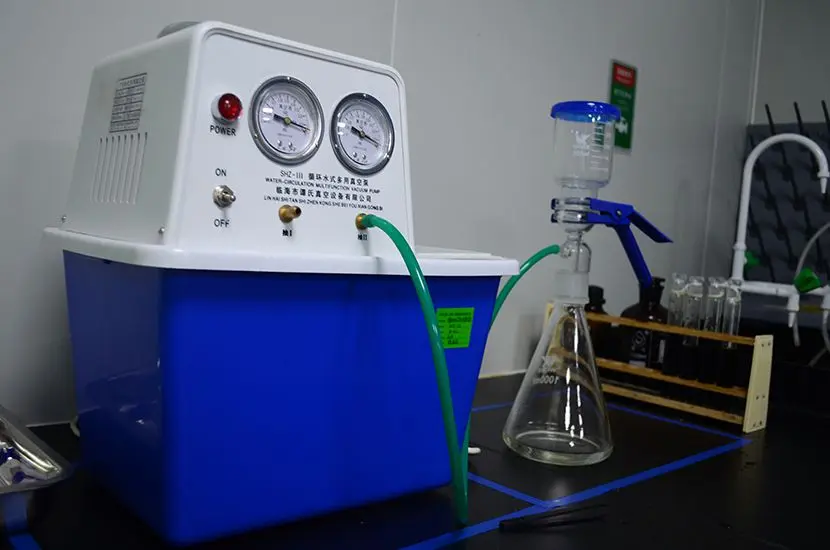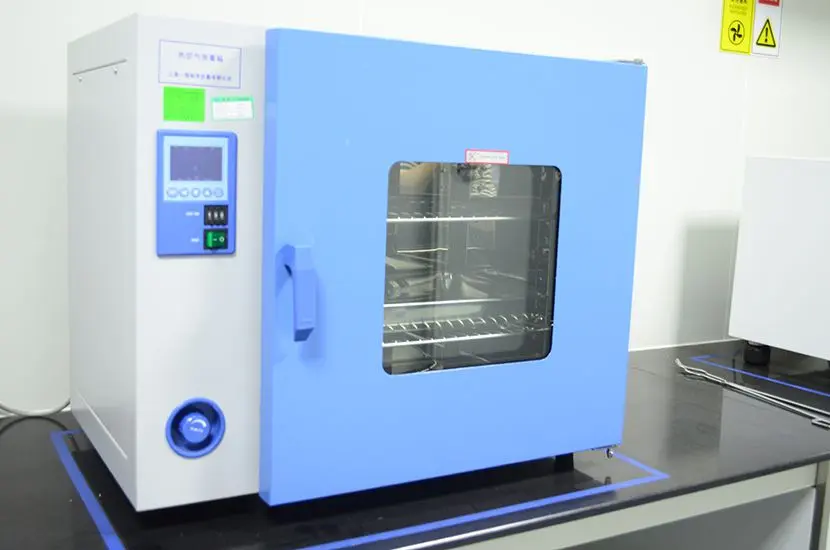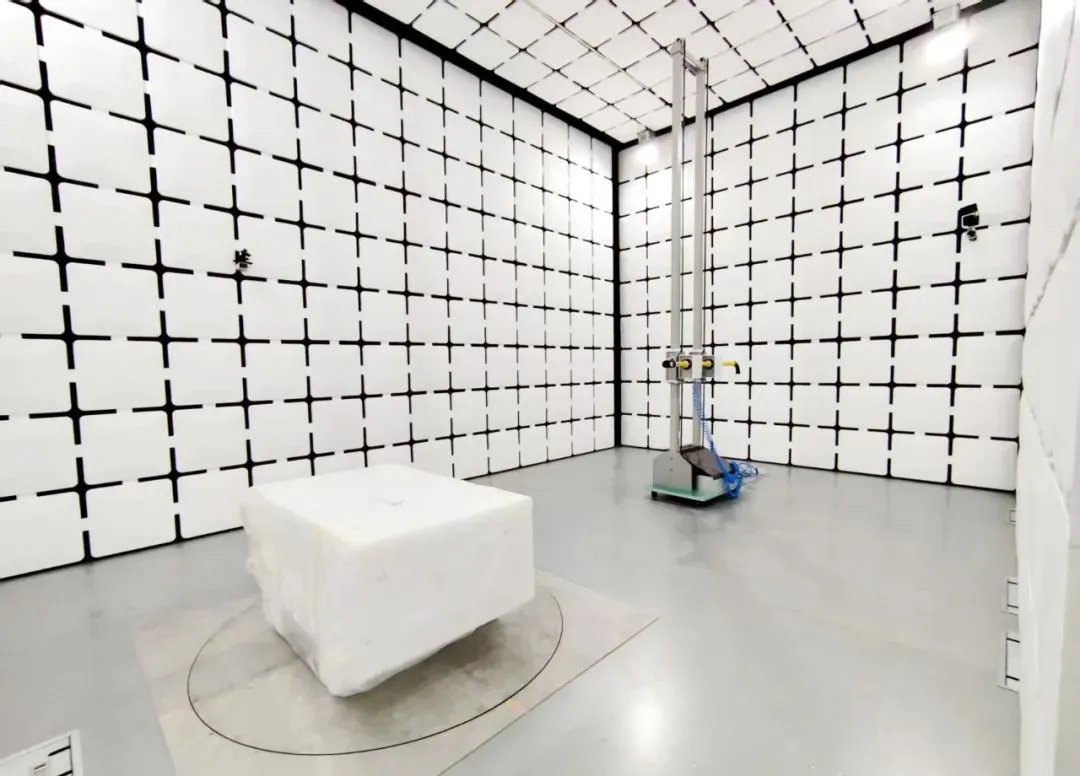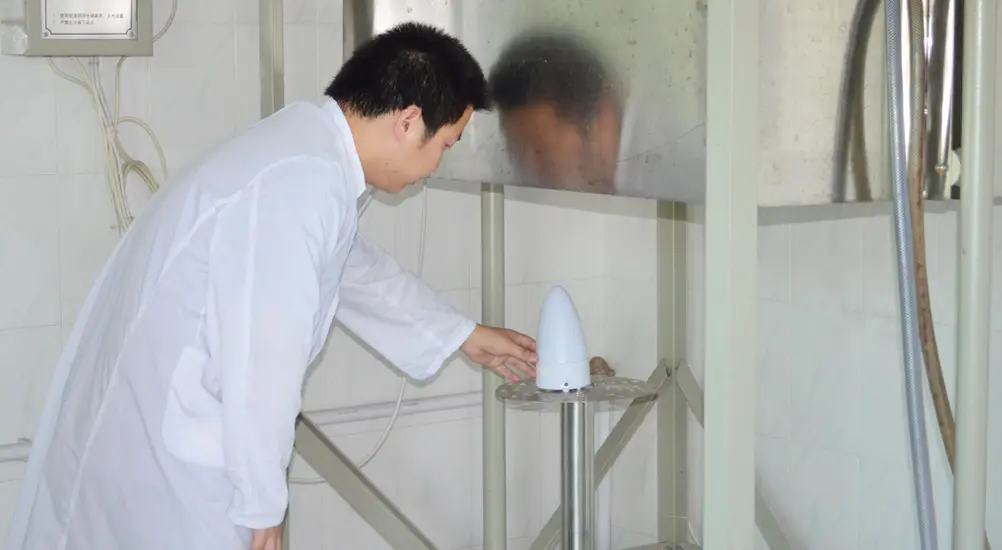
Differences Between EMC, EMI, and EMS
Definitions of EMC, EMI, and EMS
When discussing EMC (Electromagnetic Compatibility), EMI (Electromagnetic Interference), and EMS (Electromagnetic Susceptibility) in the field of electronics and electrical engineering, it is necessary to delve into their respective definitions, characteristics, testing purposes, and practical applications. Below is a detailed analysis of their differences and interconnections.
EMC (Electromagnetic Compatibility)
EMC refers to the ability of electronic and electrical devices or systems to function properly in their intended electromagnetic environment without suffering performance degradation, functionality loss, or damage due to external electromagnetic interference. At the same time, the device shoULd not generate excessive electromagnetic energy that could negatively affect the normal operation of surrounding equipment. Simply put, EMC measures whether an electronic device can "peacefully coexist" in an electromagnetic environment.
Purpose
The primary goal of emc testing is to ensure the harmonious coexistence of all devices in an electromagnetic environment, preventing mutual interference. It requires devices to both suppress their own electromagnetic emissions and resist external electromagnetic interference.
Requirements
EMC encompasses both EMI and EMS requirements:
- EMI: Ensures that the electromagnetic interference emitted by electronic devices does not exceed a certain threshold.
- EMS: Ensures that electronic devices can resist a certain level of external electromagnetic interference.
A well-designed electronic device should be "low emission, high immunity," meaning it emits minimal interference while being highly resistant to external interference.
EMI (Electromagnetic Interference)
EMI refers to the electromagnetic waves generated by an electronic device during operation, which may interfere with other parts of the device or external equipment. EMI includes conducted interference (CE) and radiated interference (RE):
- Conducted interference (CE) propagates through power lines, signal cables, and other conductive paths.
- Radiated interference (RE) propagates through space as electromagnetic waves.
Purpose
The main objective of emi testing is to ensure that products do not cause electromagnetic interference to their surroundings, maintaining a clean and stable electromagnetic environment. By identifying potential interference issues, emi testing helps prevent unnecessary electromagnetic pollution.
Types of Interference
EMI is a common problem in electronic and electrical products, typically categorized into two types:
- Conducted interference occurs when there is a direct electrical connection between the interference source and a susceptible device. The interference signal propagates along the connected circuit, which may include conductive wires, device components, power supplies, shaRED impedances, ground planes, resistors, inductors, capacitors, and mutual inductance elements.
- Radiated interference propagates through space in the form of electromagnetic waves. There are three common types of radiation coupling:
1. Antenna-to-antenna coupling: Electromagnetic waves emitted by one antenna are unintentionally received by another antenna.
2. Field-to-wire coupling: An external electromagnetic field induces interference in a conductive wire.
3. Wire-to-wire coupling: High-frequency signals induce interference between two parallel wires.
EMS (Electromagnetic Susceptibility)
EMS describes the ability of electronic or electrical products to maintain normal operation despite being exposed to electromagnetic interference from the surrounding environment or other devices within the same electrical system. EMS testing evaluates product stability and reliability in different electromagnetic conditions, including:
- Electrostatic Discharge Immunity (ESD)
- Conducted Immunity (CS)
- Radiated Immunity (RS)
- Electrical Fast Transient/Burst Immunity (EFT)
- Surge Immunity (Surge)
Purpose
EMS testing aims to assess a product’s ability to withstand electromagnetic disturbances, ensuring stable operation in complex electromagnetic environments. This protects both user safety and product reliability.
Practical Differences in Application
- EMC: Focuses on the overall electromagnetic performance of a device, including both emission control and immunity to external interference.
- EMI: Concerned with the impact of a device on its surroundings, ensuring that it does not cause unnecessary electromagnetic pollution.
- EMS: Evaluates the device's sensitivity to external electromagnetic environments, determining its stability and reliability in various conditions.
Email:hello@jjrlab.com
Write your message here and send it to us
 What Are the Testing Items of California Propositi
What Are the Testing Items of California Propositi
 E-Cigarette EU TPD Testing
E-Cigarette EU TPD Testing
 Testing Certification for E-cigarettes Exported to
Testing Certification for E-cigarettes Exported to
 What is Amazon US CPC Certification?
What is Amazon US CPC Certification?
 UK Toy Safety Regulation Standard EN 71-13
UK Toy Safety Regulation Standard EN 71-13
 What is EU UFI Registration?
What is EU UFI Registration?
 EU UFI Registration for E-cigarette E-liquid
EU UFI Registration for E-cigarette E-liquid
 How to get the MSDS Report for Electronic Cigarett
How to get the MSDS Report for Electronic Cigarett
Leave us a message
24-hour online customer service at any time to respond, so that you worry!




